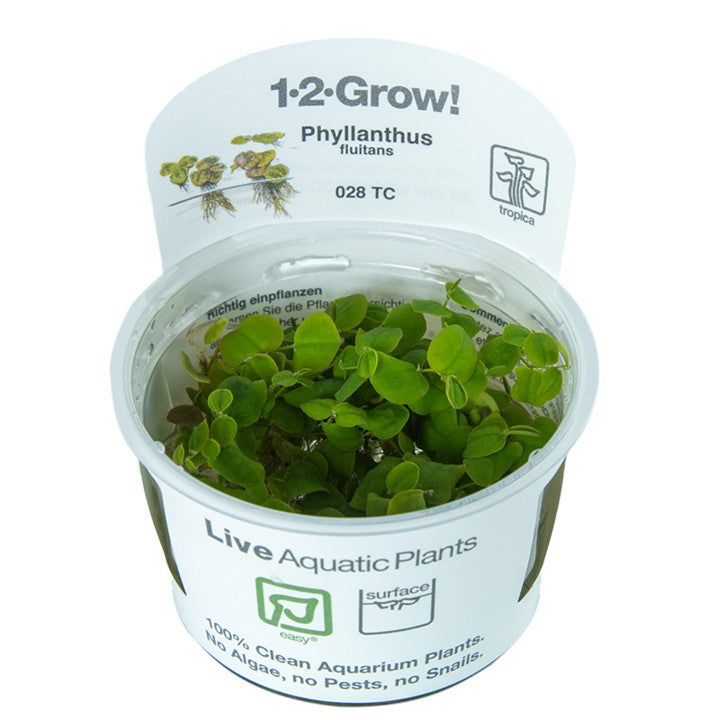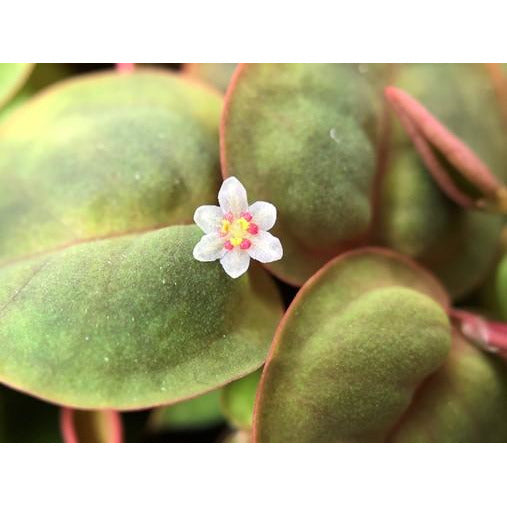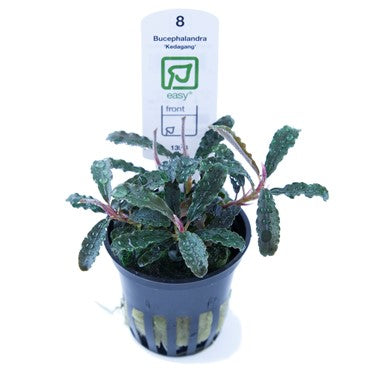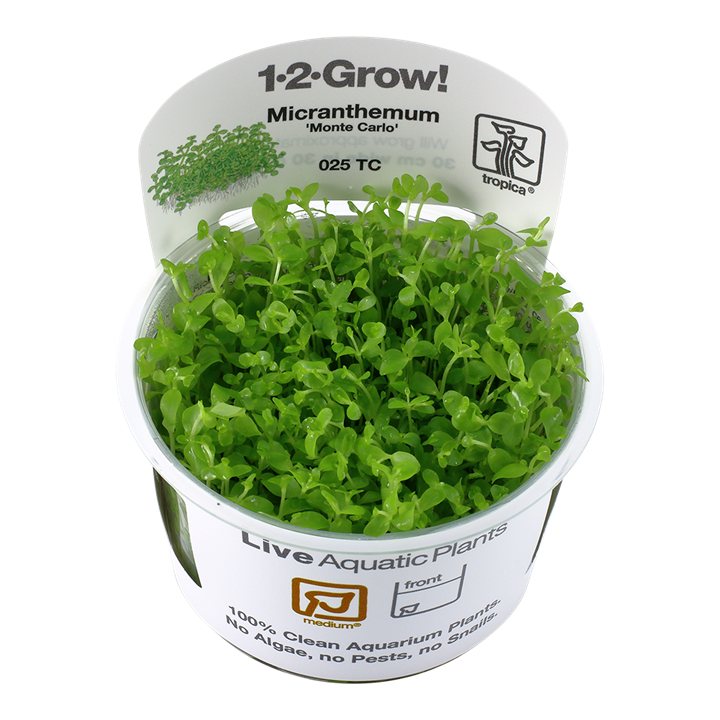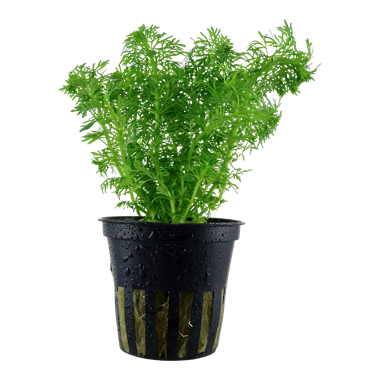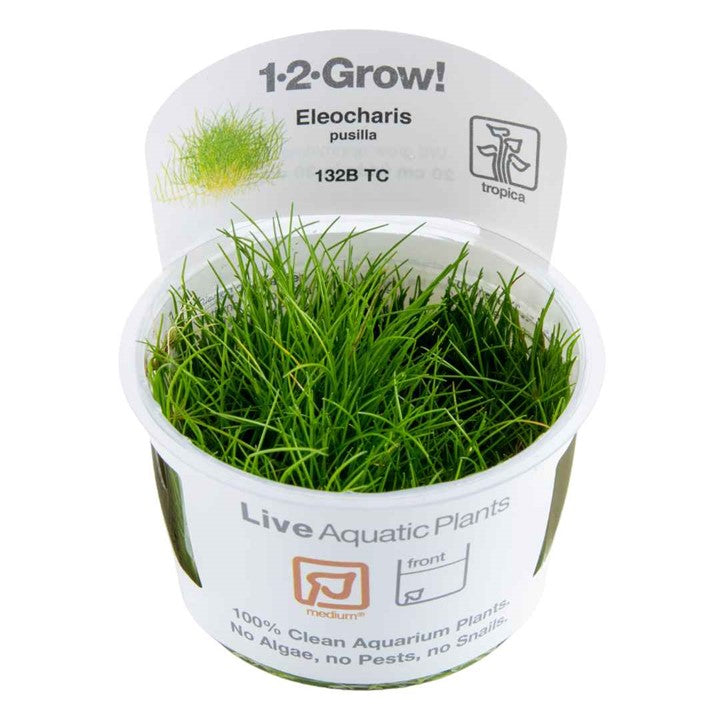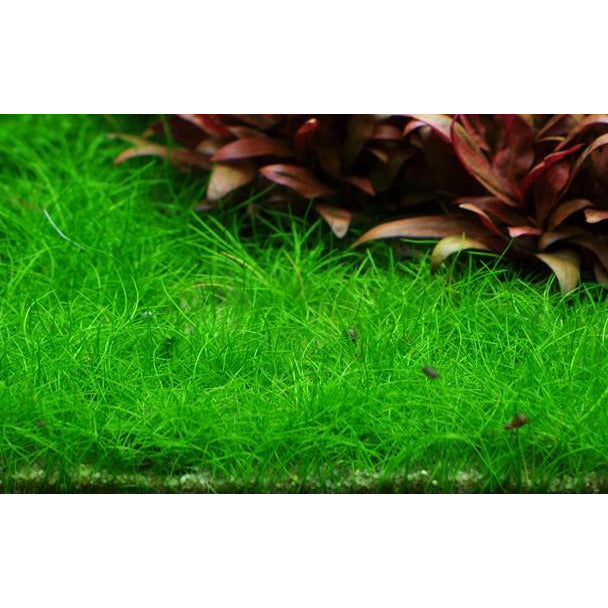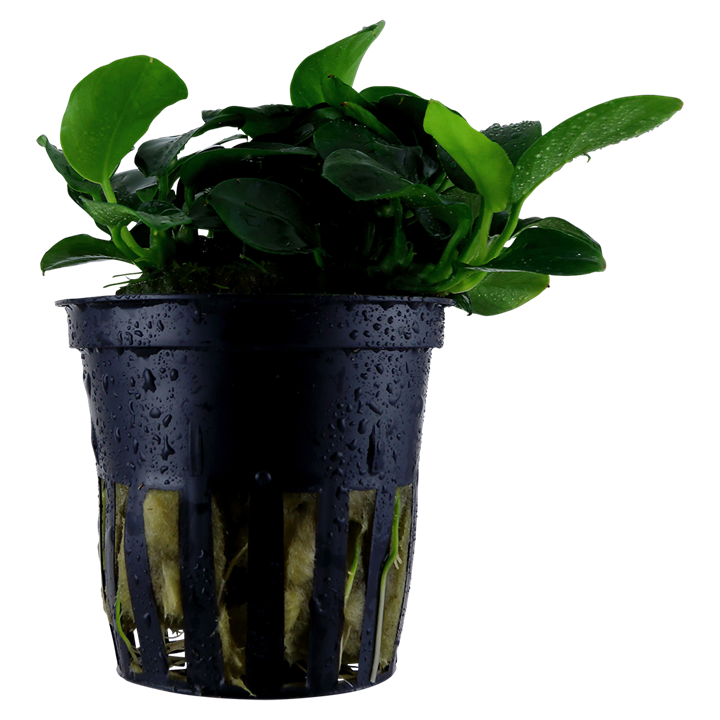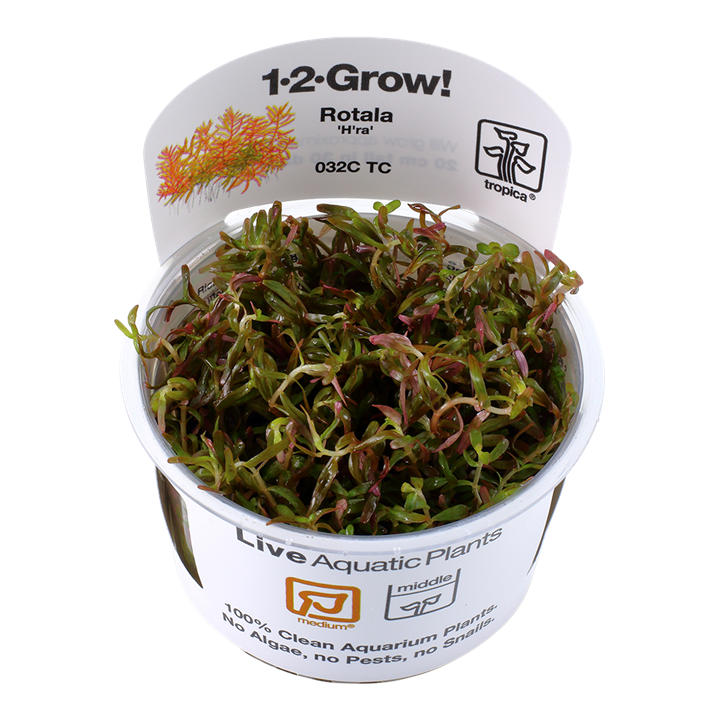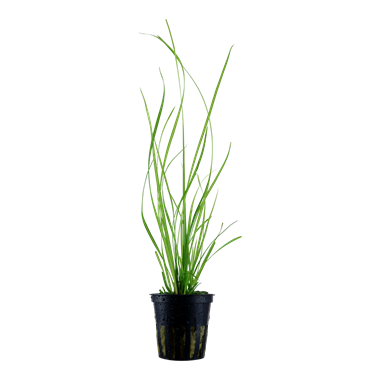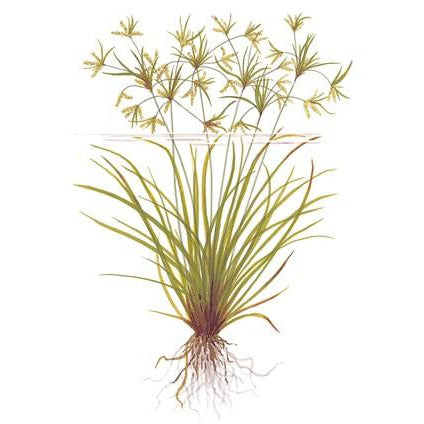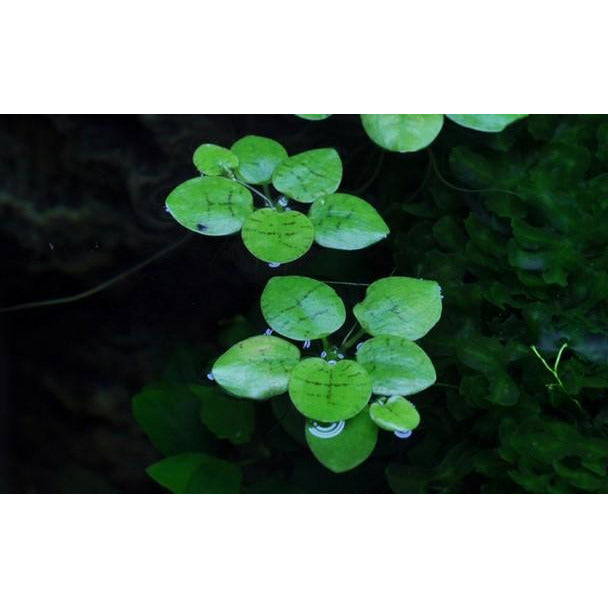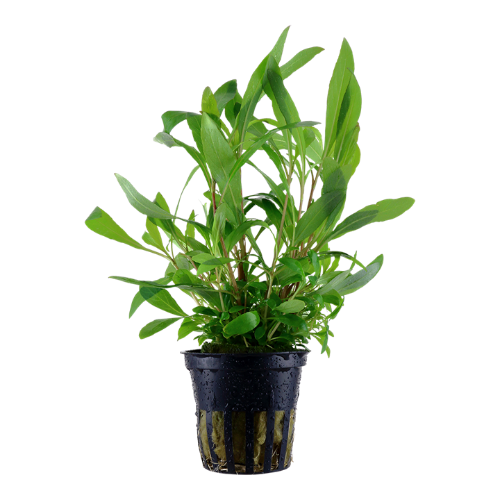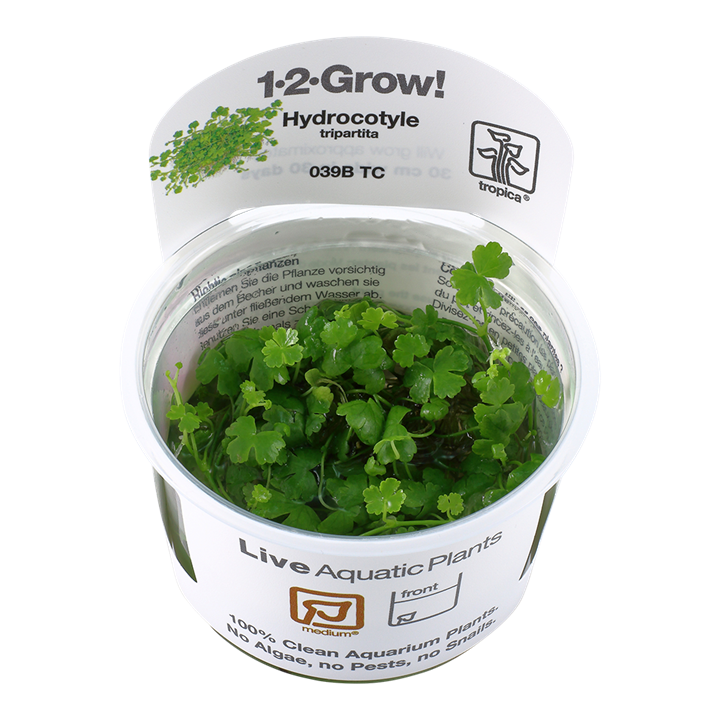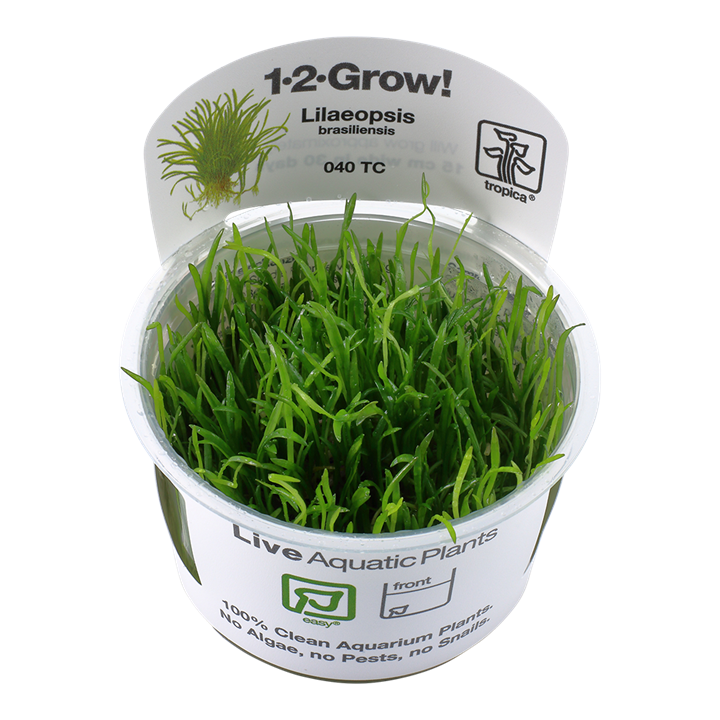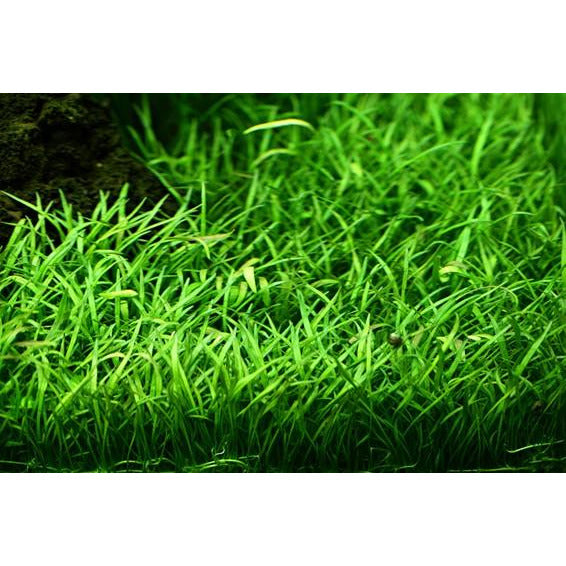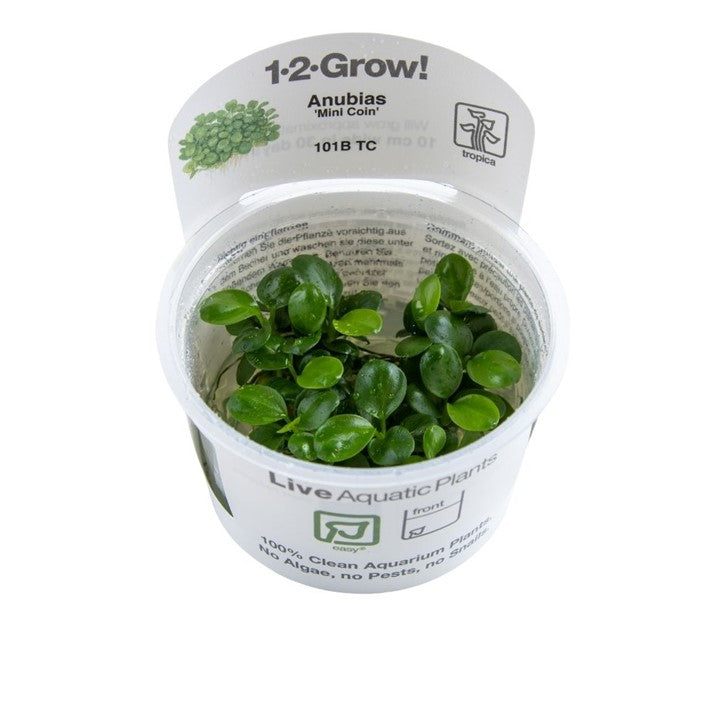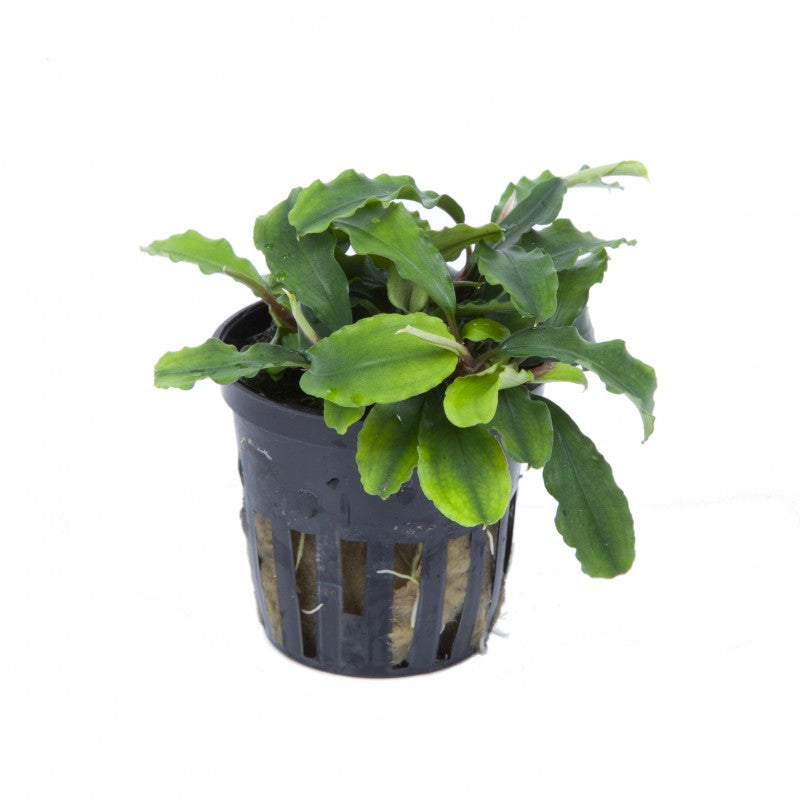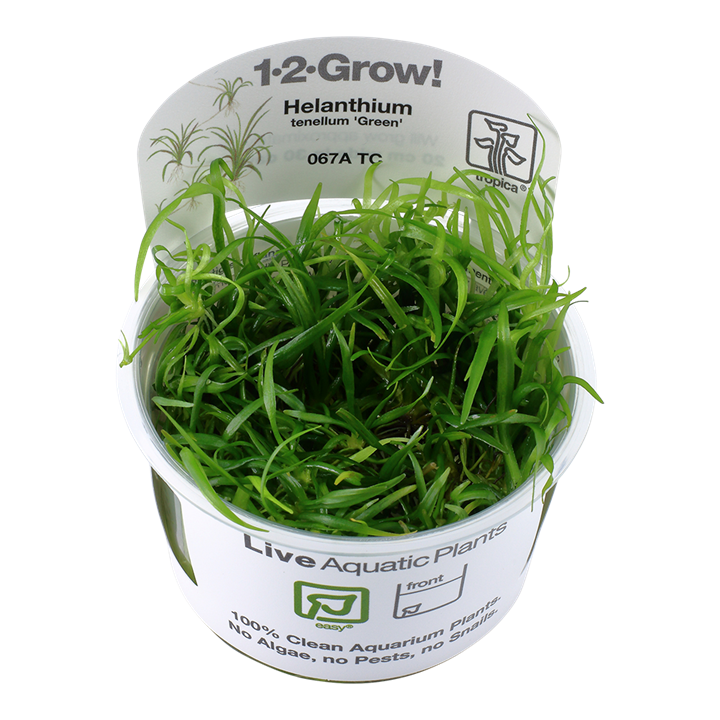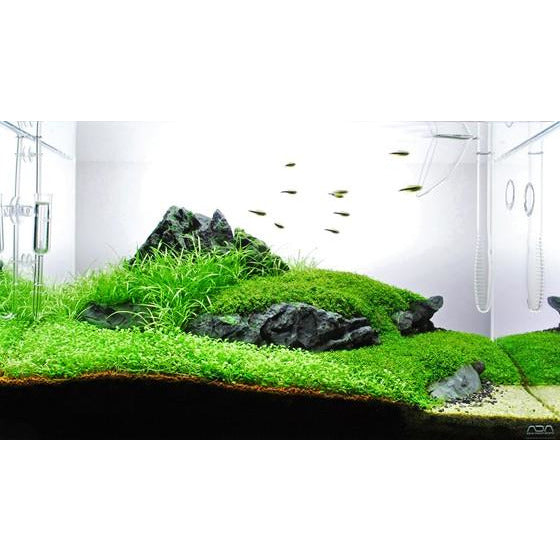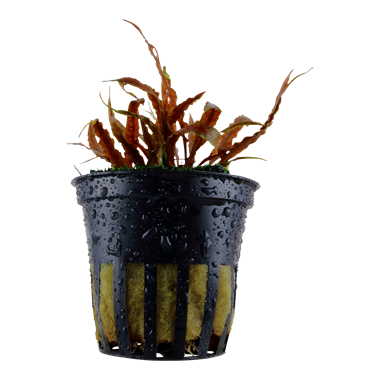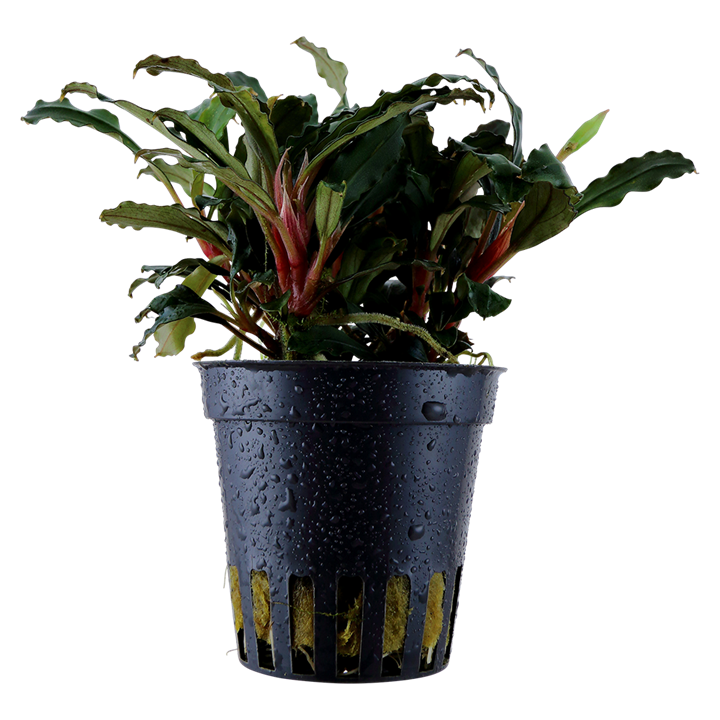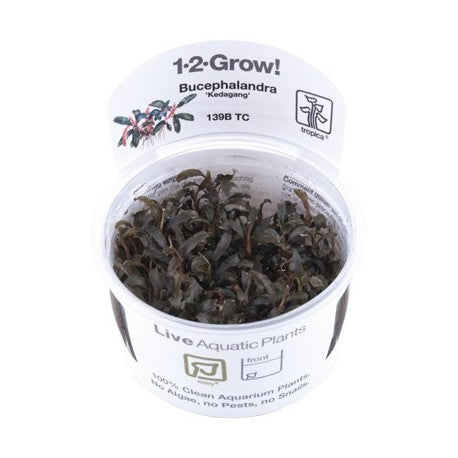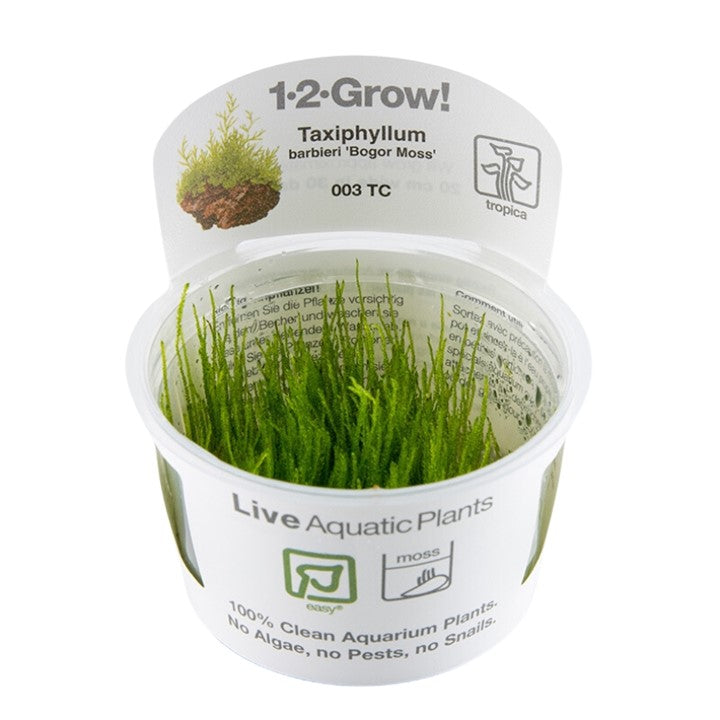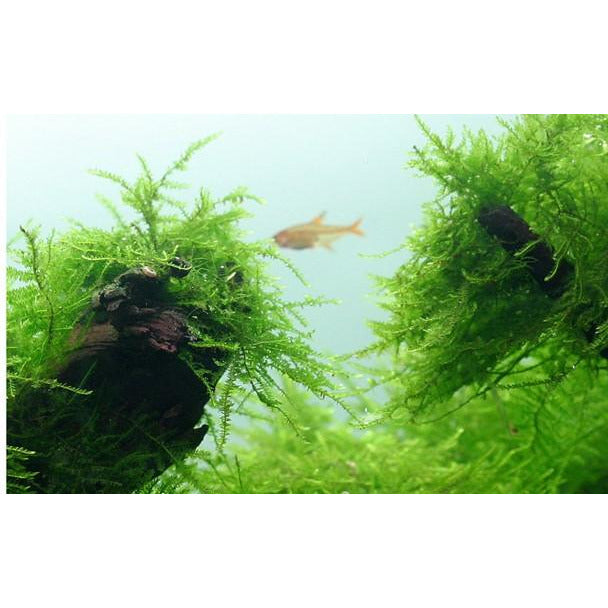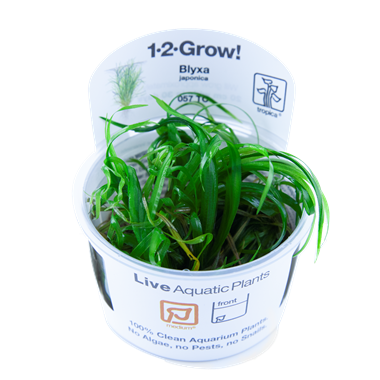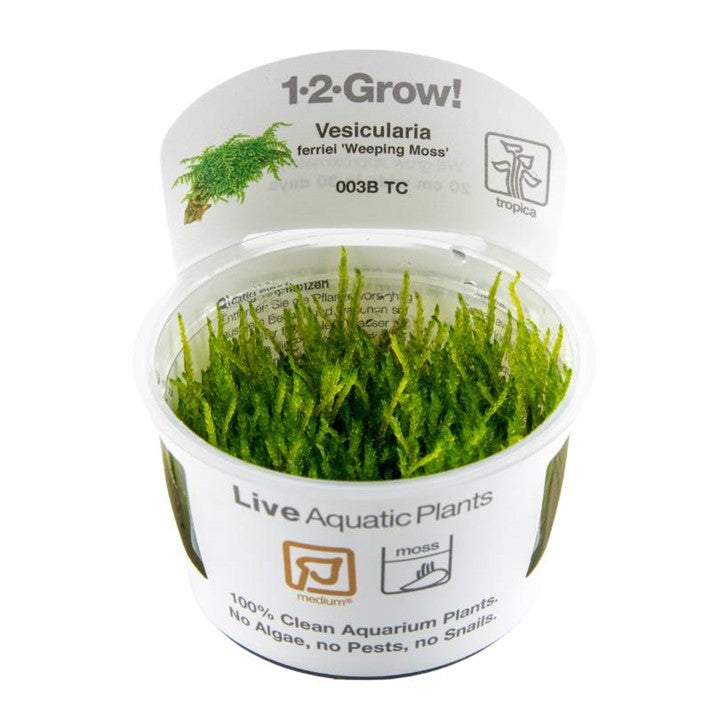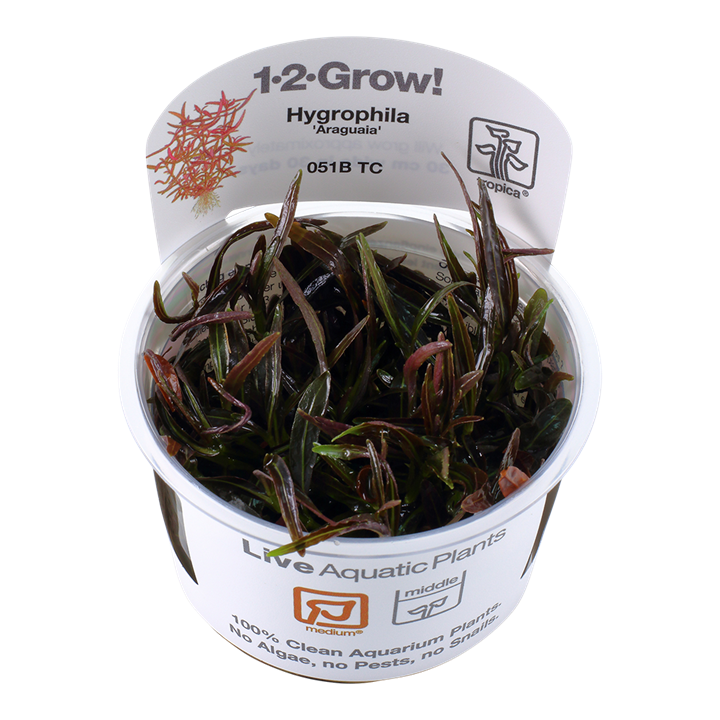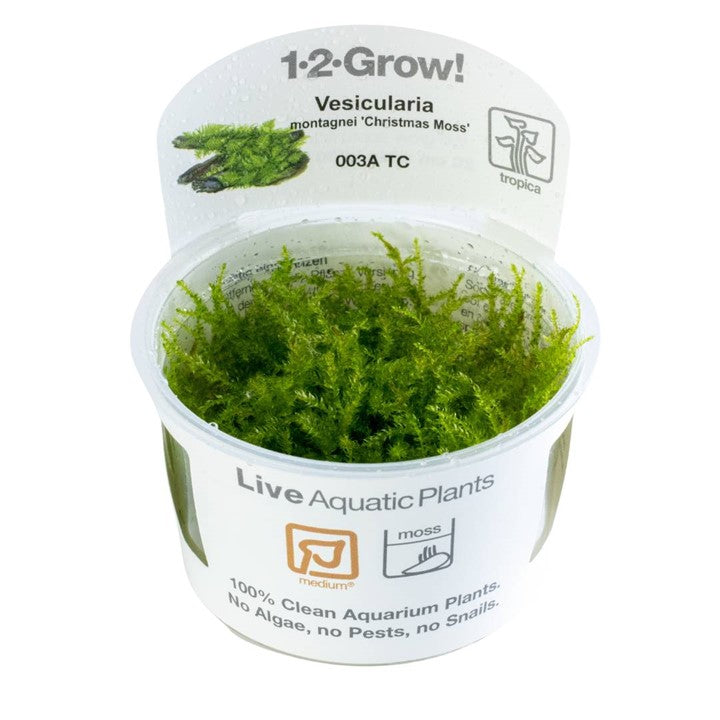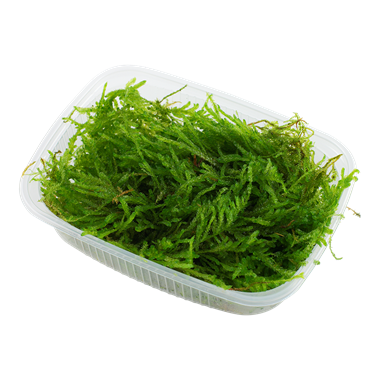
How to Create a Stunning Dutch Aquascape: Plant Choices, Layout Tips, and Rare Species

How to Create a Stunning Dutch Aquascape: Plant Choices, Layout Tips, and Rare Species
The Dutch aquascape style is one of the oldest and most striking forms of planted aquariums, known for its lush, colourful, garden-like appearance. Unlike nature-style aquascapes that mimic landscapes, the Dutch style focuses on dense plant growth, vibrant colour contrasts, and structured "streets" or rows of plants.
If you've ever dreamed of creating a vivid underwater garden, a Dutch aquascape is a fantastic choice — and it’s easier than you think with the right guidance!
In this blog, we’ll walk you through the basics of setting up a Dutch aquascape, including plant selection (especially featuring beautiful Rotala species), layout tips, and maintenance advice.

Our Dutch-style Aquascape in the Horizon Aquatics Gallery
What Makes a Dutch Aquascape Unique?
Dutch aquascapes are all about:
-
Dense planting (covering most-all of the substrate)
-
Strong contrasts in colour, leaf shape, and height
-
Carefully organised layers and plant "streets" (rows)
-
Minimal hardscape (rocks and wood are optional or used sparingly)
-
Vibrant, healthy plant growth taking centre stage
Rather than trying to replicate a natural scene, the Dutch style is more like a structured underwater garden — formal, colourful, and meticulously planned.
Key Elements to Start a Dutch Aquascape
1. Tank Size
A larger aquarium (60 litres or more) is ideal, as it gives you room to create dramatic plant groupings and height differences. However, smaller tanks can still achieve a Dutch look with careful plant selection.
2. Substrate
A nutrient-rich substrate is crucial. Choose an aquasoil or plant-specific substrate that will support healthy root development and long-term growth. ADA Amazonia version 2 is nutrient rich and provides long term nutrients. the substrate should be root tabbed frequently to keep the soil replenished.
3. Lighting
Bright, full-spectrum lighting is essential to bring out the colours and encourage lush plant growth. Usually aim for around 8–10 hours of light daily depending on the chosen aquarium light.
4. CO₂ Injection
Pressurised CO₂ systems are highly recommended for a true Dutch aquascape, ensuring vibrant colours, faster growth, and healthier plants.
5. Fertilisation
Regular dosing of macro (NPK) and micro nutrients is necessary. Many Dutch-style tanks use daily fertilisation routines for optimal results.

Best Plants for a Dutch Aquascape - Plant List and where they are placed in the aquascape
Choosing the right plants is key to creating the bold contrasts that define the Dutch style. You’ll want a mix of colours (green, red, pink, orange) and leaf shapes (fine, broad, round, narrow).
If you're just getting started and want a ready-made list to follow, here’s a detailed plant guide for building a stunning Dutch-style aquascape:
Carpeting plants - (short low plants for the very front)
These low-growing plants create lush, dense carpets at the front:
- Glossostigma elatinoides - A tiny, bright green oval leaved carpeting plant
- Monte Carlo (Micranthemum tweediei) — Easier than Glossostigma!
- Hemianthus callitrichoides 'cuba' - Smallest carpeting plant, grows compact and stays bright green
Foreground - Place behind your carpet if you have one (Short, Bushy Plants)
Small easy to shape bushy plants to place behind a carpeting plant:
- Hemianthus glomeratum 'Pearl weed' - Easy to trim into rounded shapes, grows quickly
-
Staurogyne repens - Small green broad leaved transition plant , stays compact with trimming
- Cryptocoryne Pink panther/Flamingo - Bright pink and compact low growing crypt
-
Pogostemon helferi - Twisty, star shaped bright green leaves
- Alternanthera reineckii 'Mini' – Bright red leaves; fantastic colour contrast (could also be used midground in smaller aquariums)
- Hygrophila lancea chai - Bright pink slow growing, easy to keep as a bush
Midground (Medium-Height, Colourful Plants)
Midground plants help create the layered, "street" effect (can be used in smaller tanks (30cm and below in height) as a background plant:
- Rotala wallichii – Fine, needle-like leaves; creates a soft, feathery texture. (could also be used in the background of smaller aquariums)
-
Ludwigia repens 'Rubin' – Red-tinted leaves; very easy to grow.
Rotala H'ra' – A compact, colourful variant turning orange to red; ideal for midground grouping (could also be used in the background of smaller aquariums) - Bacopa Salzmannii Purple - Coin shaped leaves which are purple in colour, grow quite straight making it a great choice (can be used in the background of smaller aquariums)
-
Ludwigia senegalensis - Brightly coloured red and yellows
- Pogostemon Erectus - Wide leaved, grows straight stemmed, easy to shape
Background (Tall, Dramatic Plants)
Background plants provide height and a dramatic backdrop:
- Rotala macrandra – Deep red to crimson tones; needs high light and CO₂
- Rotala sp. 'Blood Red' - A striking cultivar with deep, intense red tones, often showcased in high-end ADA-style tanks
-
Rotala rotundifolia – Delicate, pink-to-red hues with slender stems
- Limnophila hippuridoides - Bright pink hues under high light, long wide needle like leaves
-
Ludwigia arcuata - Fine, needle-like leaves, orangey-red under good light
- Myriophyllum mattogrossense - Delicate, fern-like foliage
Other Rotala Species (Must-Have Stars)
Rotala's are a great choice in a dutch aquascape, as there are many colours and textures available.
- Rotala indica/Bonsai – Great for forming neat rows or 'streets' with its bright green and reddish tips
- Rotala macrandra 'Green' – A rare variety prized for its vibrant lime-green - reddish colour under strong light
- Rotala 'bangladesh' - Yellow, delicate texture
- Rotala Mexicana 'goias' - Small vertical stems reddish in colour
When arranging, group plants in bunches and avoid scattering single stems throughout the tank. This helps maintain the clean, organised look Dutch aquascapes are famous for.
Special Accent/Feature Plants (Colour Pops and Special Textures)
Use these plants for vibrant highlights and focal points:
- Eriocaulon Quinguangulare - Rare small red cluster plant
- Proserpinaca palustris (Mermaid Weed) - Fine, serrated red leaves
- Hygrophila lancea chai - Rare, bright pink slow growing, can be kept compact and grouped closely

Layout Tips for a Dutch Aquascape
-
Create Streets: Plant rows that guide the eye from the foreground to the background.
-
Use Plant Height: Short plants in the front, medium-height plants in the midground, tall plants in the background.
-
Contrast is Key: Place different textures and colours next to each other for visual interest.
-
Focus Points: Feature 1-2 standout plant groups that grab attention.
-
Depth: Angle your streets slightly or stagger plant groupings to create a sense of depth.
Maintenance Tips for Dutch Style Aquascapes
-
Trim Regularly: Frequent trimming promotes bushier growth and keeps the structure tidy.
-
Balance Nutrients: Watch for deficiencies or algae growth; adjust fertilisation and CO₂ as needed.
-
Replant Tops: When trimming stem plants like Rotala, replant the tops to maintain fullness.
-
Water Changes: Perform regular water changes (50% weekly) to keep the water column nutrient-balanced and healthy.

Final Thoughts
The Dutch aquascape is a timeless, vibrant style that showcases the beauty of aquatic plants like no other. By carefully choosing your plants - especially Rotala species, including rare and colourful varieties - and arranging them thoughtfully, you can create an underwater masterpiece.
Ready to start? Gather your favourite plants, plan your layout, and watch your tank transform into a breathtaking living garden!


